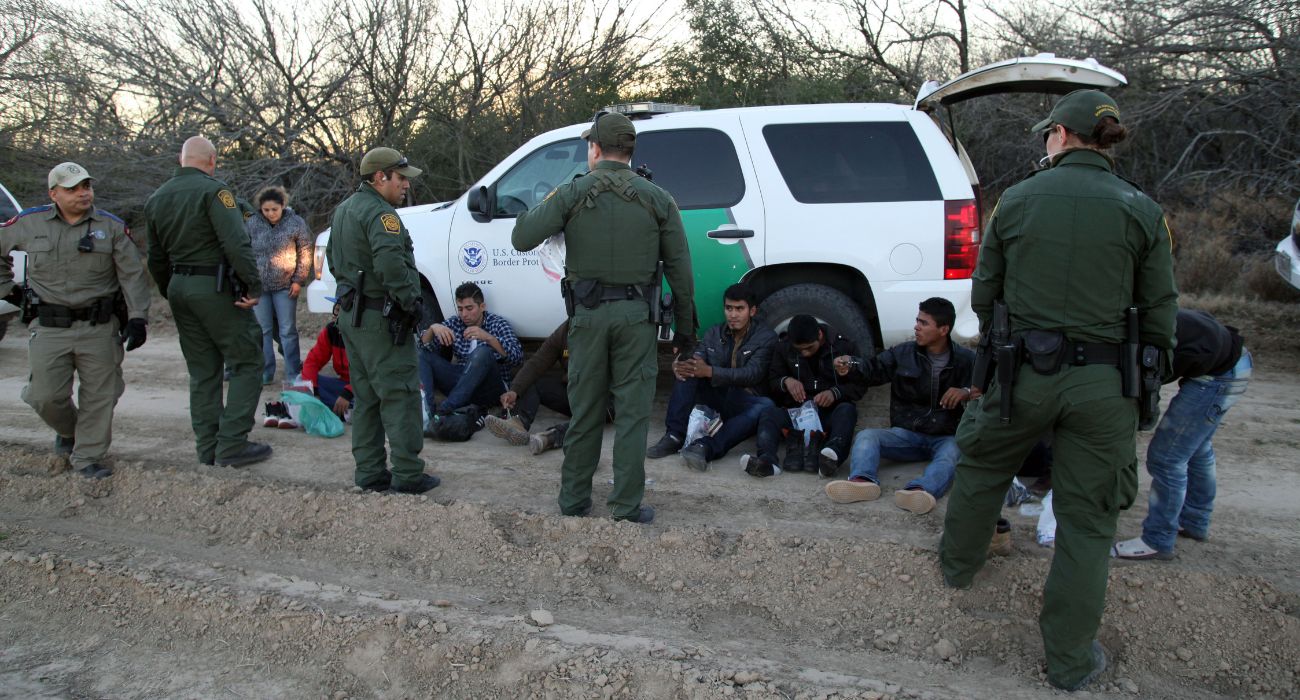Recently, Texas politicians took a victory lap as Gov. Greg Abbott signed what they claimed—at $18 billion—to be the “largest property tax cut in Texas history!” The problem with their boasting is that no one yet knows how much of a tax cut Texans will receive when they get their property tax bills this December.
There is one thing we can be sure of, however. The property tax cut that Texans will get this year will be nowhere near $18 billion. Let me explain.
For starters, it is important to understand that none of the $18 billion appropriated by the Texas Legislature will go to voters; all of it will go directly to school districts. That is because the state of Texas does not levy a property tax. Instead, property taxes are levied by school districts, cities, counties, and special purpose districts.
This means that to cut property taxes, the Legislature sends money to each school district and instructs them to lower their property tax rates. Yet, at the same time, school districts and other local governments raise their property taxes to get more revenue, with each new dollar of local revenue offsetting a dollar of the Legislature’s tax relief.
At that point, it becomes a contest between the state’s effort to reduce property taxes and schools’ and local governments’ desire to raise property taxes as high as they can. It is not that hard to figure out who is going to get the best of this deal. Hint — it is not Texas taxpayers.
To do the math here, we start out with the fact that HB 2, the tax cut bill signed by Gov. Abbott, did not send $18 billion to Texas schools for tax relief; the Legislative Budget Board’s fiscal note shows that only $12.7 billion was used for this purpose. The other $5.3 billion is old tax relief from 2019 and 2021 being duplicitously double-counted by Texas politicians so they can clear the $14 billion hurdle used for property tax relief in 2006 and thus falsely claim the “largest tax cut in history” moniker. It provides zero dollars of additional tax relief this year.
Next, we must take into account that the $12.7 billion the Legislature dedicated to tax relief is over a two-year period, while Texans pay their property taxes every year. Last year, the total tab was $81.9 billion. Which means the actual amount going toward property tax relief in 2023 is $6.1 billion—a far cry from the $18 billion being touted.
We are not quite done yet, however, because we have to consider local property tax increases.
From 2019 to 2022, property taxes increased annually on average by 5.3 percent. We can use this rate to estimate that without any tax relief, property taxes would increase approximately $4.4 billion in 2023.
No doubt, all this math can get pretty tedious. But it is important to run these numbers because 2023 is not the first time that Texas politicians have exaggerated how much of “property tax relief” we are getting.
Back in 2006, the Legislature sent $14 billion, raised by an increase in the state’s business franchise tax, to public schools in the name of property tax relief. The Legislature increased taxes that year by $13.5 billion to only achieve $438 million of taxpayer savings.
This year, Texans will do somewhat better, largely because the Legislature used surplus revenue for property tax relief rather than an increase in another tax.
At the Huffines Liberty Foundation, we estimate that total property tax revenue in 2023 will be approximately $80 billion. This means that the “largest property tax cut in history” touted by Gov. Abbott, Lt. Gov. Patrick, Speaker Dade Phelan, and others will not be $18 billion. Instead, it will be about $1.7 billion.
Not only have Texas politicians intentionally misled us about how big our property tax cut will be this year, but they also did nothing to stop the future growth of property taxes. Which means that by 2024, property taxes will be on the rise again, as high as $86 billion, up $2.5 billion from this year.
Of course, these are just estimates — we will know the exact numbers in January when the Texas Comptroller releases the real numbers. But it is clear that the tax cut will be much closer to $2 billion than the advertised $18 billion, much less the $32 billion surplus that the Legislature could have used.
Since most of the surplus is not coming their way, Texans ought to ask their elected officials what happened to all that money. And why the lies?






